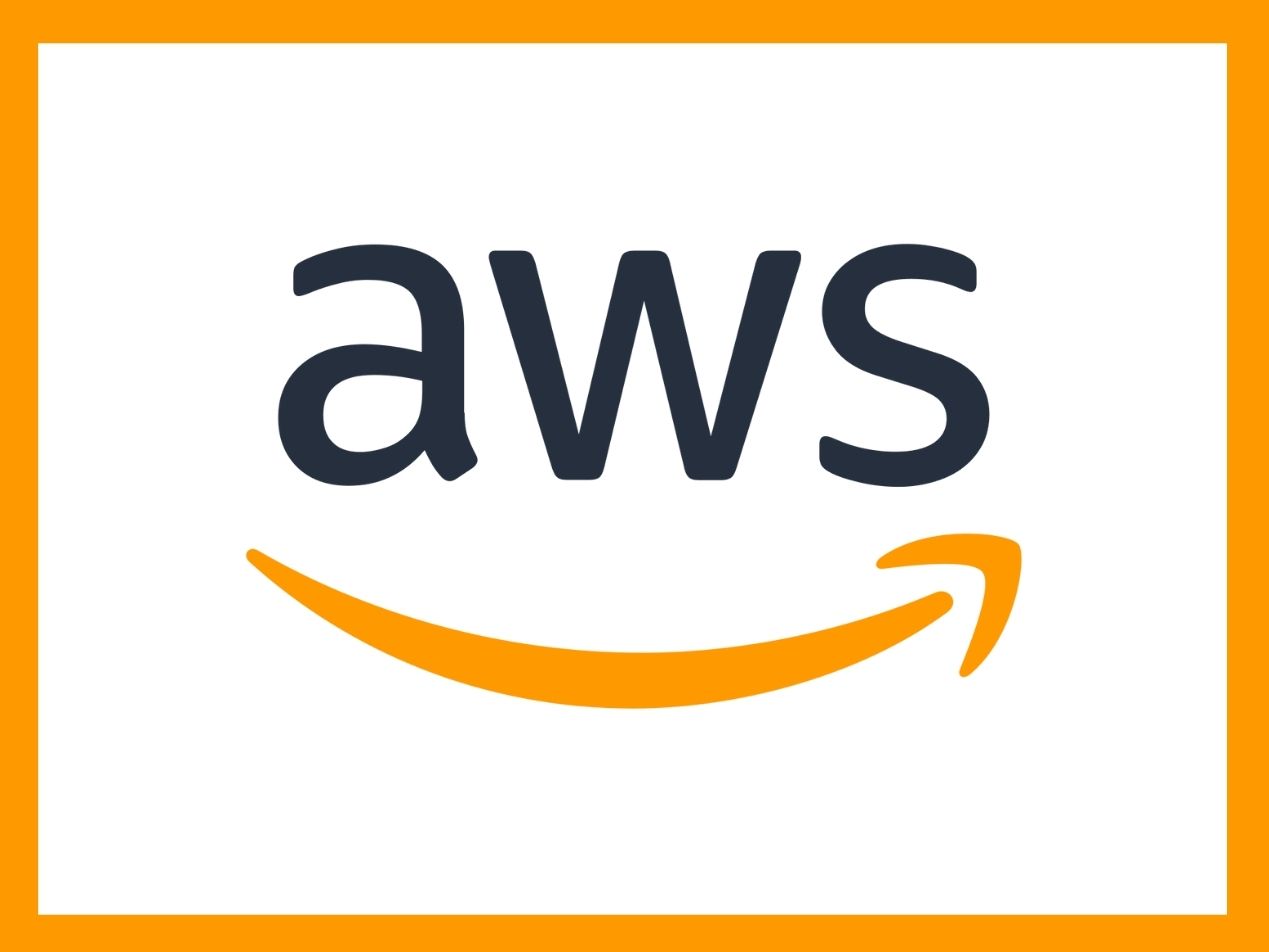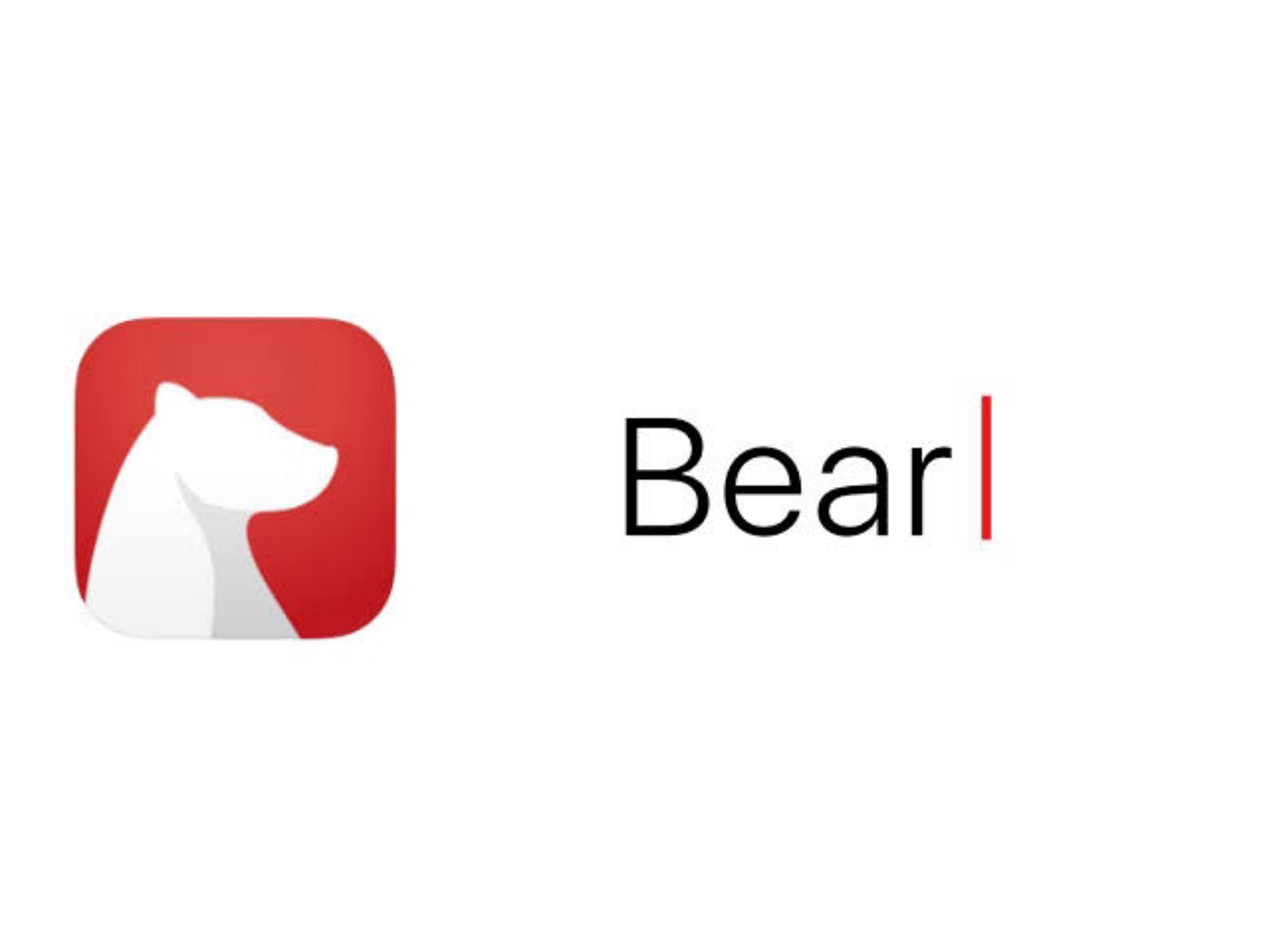
1 min read
Is Superhuman HIPAA compliant? (2025 update)
Based on our research, Superhumanis not HIPAA compliant because it does not meet the requirements set by the U.S. Department of Health and Human Services (HHS) to safeguard protected health information (PHI).
Read More%20(1).jpg?width=730&height=614&name=Is%20Google%20Drive%20HIPAA%20compliant%20(2025%20update)%20(1).jpg)



.jpg?width=730&height=614&name=Untitled%20design%20(6).jpg)






